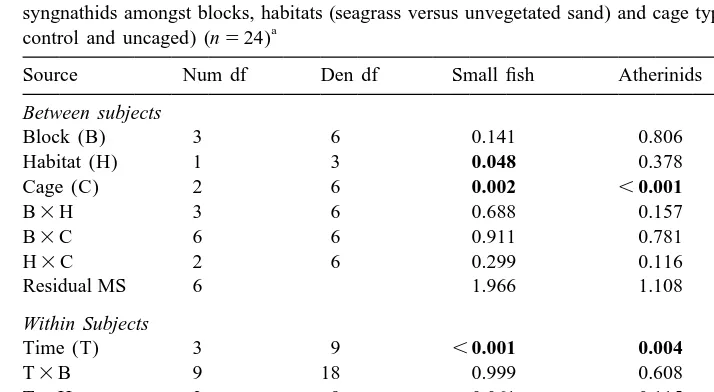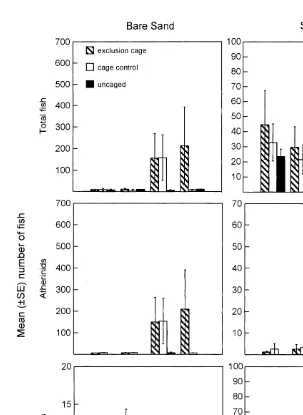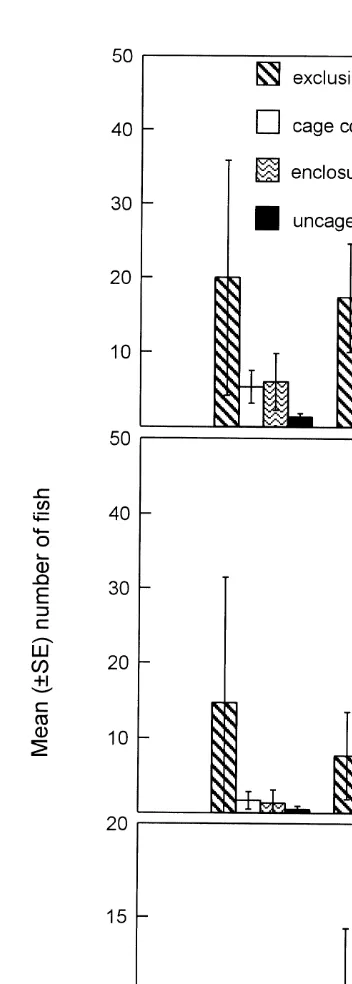Directory UMM :Data Elmu:jurnal:J-a:Journal of Experimental Marine Biology and Ecology:Vol255.Issue2.Dec2000:
Teks penuh
Gambar




Dokumen terkait
From spawning through day four of egg-tending (i.e., hatching day for six of seven cases) mound height decreased significantly when paired females were either removed or
Subsampling from a Go-Flo bottle contributes 90% and 94% of the total variance observed, which indicates a heterogeneous distribution of Trichodesmium trichomes in a sampling
These disaccharides were tested because (1) chondroitin sulfate occurs in fish mucus (van de Winkel et al., 1986; Hidalgo et al., 1987; Karamanos et al., 1991), (2)
Density, species combination, and predation risk were manipulated in field enclosures to determine whether competition between juvenile fish and shrimp occurred in enclosures placed
The effect of prolonged anoxia (96 h under a N atmosphere) during either winter (November) 2 or summer (July) was investigated by measuring the maximal activities of 20
Designated zones (upstream, inside, downstream and outside) and positions (inshore, middle and offshore) of sampling sites in 1993 and 1994 at Anse du Petit Mitis..
Non-metric multidimensional scaling (NMDS) is used to visualise differences in community structure between mesocosm controls run during the same year (replicability), differences
In the second experiment fish collected from the field in early March were exposed to three treatments with different photoperiod regimes (daylight constant at 9.5 h, increasing up



